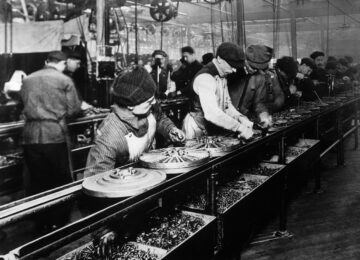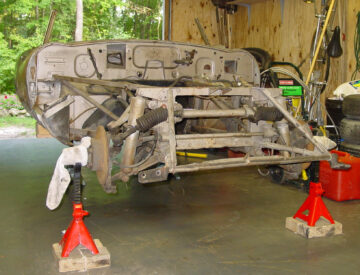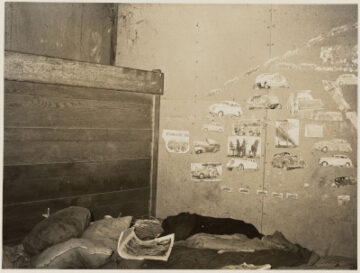by Mark R. DeLong

Writing about American cars stranded in Fidel Castro’s Cuba, John McElroy observed that “there’s something very appealing, almost romantic about these cars. Coated in a patina of history they hearken back to a time when Detroit iron dominated the global auto industry, a time of can-do confidence when buyers were dazzled by toothy chrome grilles, bombsight hood ornaments and sweeping tail fins.” Although it is a bit painful to see the nostalgia about the glory days of the American auto industry in his prose, McElroy uses the word “patina” in exactly the way that car restorers use it. Patina goes beyond what it physically is—which is actually the rot—to include the way the rot got there and something of what the rotted thing represents. There is also something noble in the mix, some good breeding perhaps. Can a 1972 Ford Pinto acquire a patina? I know several classic car owners who would sniff at the thought, and yet, given the right cloud of memory, even a flammable Pinto could wax into someone’s well patina’ed example. Leave one in Cuba for fifty years and it might even cause an old guy’s heart to race. Patina, like love, may be fickle and very much dependent on sentiment and romance.
In the end, recovering the mix of the original and the present in a car under restoration means coming to terms with “patina,” and if you hear someone talk of a car’s patina, you have probably run into someone who is a practicing automotive archeologist, whether or not he or she knows it. To the restorer obsessed with the image of the car the “way it came off the line,” patina is an accumulation of unsavory rot, grease, fingerprints, soot, oxidized whatevers, and molecules of bird droppings. To such a person, a well patina’ed example is a polished turd, in a matter of speaking. But that is only half of the definition. To many restorers (and maybe even a growing number of them), patina truly is storied rot, which makes its grime and molecules something special. Read more »



 Eugene Russell, a piano tuner interviewed by
Eugene Russell, a piano tuner interviewed by 